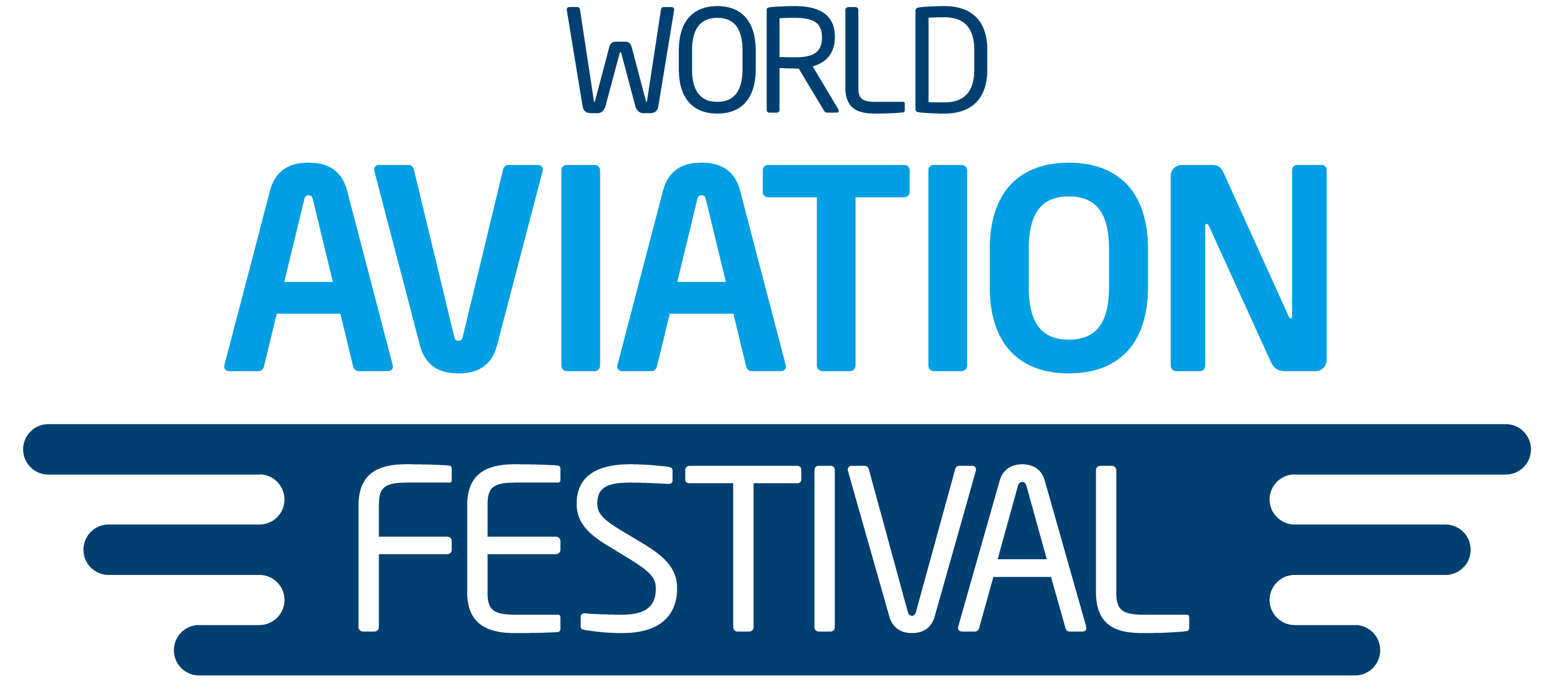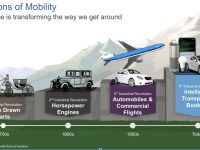Author: Rob Fagnani, VP of Business Development, Formation
The travel industry has long been considered a leader in sophisticated customer loyalty programs. But with COVID-19 upending operations and volume dropping significantly, air carriers and other travel-based companies might be wondering how to tap into the immense value that exists in their loyalty program, and how much investment it currently warrants.
The reality is that in the economic recovery, loyalty programs will become more valuable, as revenue and market share will increasingly be decided by customer retention rather than just acquisition. The evidence of this value is already apparent, as United Airlines has been able to pledge its loyalty program as collateral to secure a $5 billion loan.
Loyalty will be a key strategic enabler for activating customers and capitalizing on the recovery as competition increases and demand improves. But securing customer loyalty in this new environment will require adapting loyalty programs and safety protocols to some new realities.
5 steps to maintain customer loyalty in the recovery
1. Deliver safety and confidence
With new COVID spikes in Germany, France, Italy and Spain, prospective travelers still have concerns about air travel in this new phase of the pandemic. Most airlines have already developed new safety and cleanliness protocols in response, but to build consumer confidence, they must ensure awareness of these changes. One way to do this is to use customer data to create targeted communication campaigns around safety protocols, with different messaging for people based on criteria like how recently they’ve searched for a flight or past travel destinations. For example, airlines could personalize messaging to include public health information for a customer’s frequently visited locations.
It’s also essential to implement a contactless check-in process, where travelers can check in, print boarding passes and print luggage tags without having to touch communal screens, and drop off bags without having to interact with an agent. Publicizing this process can help mitigate consumer concerns.
2. (Re)Understand your audience
Prior to COVID-19, air carriers had predictive modeling in place to try to anticipate customer behavior. These kinds of models are typically based on demographic and behavioral segmentation, so it’s likely that the pandemic has shifted segments and behaviors enough to make them inaccurate.
Airlines need to take steps to learn what’s important to customers now, because priorities for travelers have shifted significantly. Those who used to prioritize budget travel may now be less price sensitive, while those who used to rack up hundreds of thousands of miles may now be looking for trips close to home within driving distance. Carriers will need to understand customers at the individual level to determine what motivations are influencing their behaviors, and what attributes may indicate they are ready to return to travel.
3. Make loyalty programs more dynamic
The ongoing public health situation is ever-changing, and consumer decision-making will continue to change along with it. In order to capitalize on these changes, airlines will need to continue investing in the depth and capabilities of their loyalty programs to dynamically adjust to changes in customer behavior. This requires greater partnership with revenue management, front line workers, and external partners.
Our recent data study has revealed that personalization is key to building customer loyalty and maintaining a successful loyalty program. 79% of the 2,000 consumers we surveyed nationwide agreed that the more personalization tactics a brand uses, the more loyal they are to that brand. 73% of respondents also said they’re more likely to engage with a brand that offers a loyalty program versus one that doesn’t.
4. Prioritize ML and AI in technology investments
To build more dynamic and individually personalized loyalty programs, it will be critical for air carriers and other travel-based businesses to invest in adaptive technology. At Formation, we recommend choosing a solution that incorporates both AI and machine learning (ML). Used together, AI and ML enable airlines to capture every customer interaction across every channel, learn from these behaviors, and execute automated offers that are individually personalized to each loyalty member or prospective traveler.
As traveler behaviors change over time, an AI and ML solution will automatically recognize the changes and optimize loyalty offers accordingly, making sure each customer receives the offer that’s most appealing and relevant to their needs, wants and concerns.
5. Activate customers
Once airlines have added more dynamic and adaptive capabilities to their loyalty programs, it’s time to use them to bring customers back on board. The AI and ML engine can now begin to recognize new behaviors, and determine how these behaviors indicate readiness to travel or changes to customer lifetime value (LTV).
For an example of how this works, consider two customers: customer A is a top tier loyalty member, but has not searched for flights since the pandemic began. Customer B is in the entry level tier, but has been actively searching flights to a few different destinations. The loyalty program can now begin serving offers to customer B, maybe on the destinations they’ve already researched. Since Customer A is not yet ready to travel, they can be served content that increases their comfort and nudges them further along the customer journey. One example could be sending them communications about new safety and cleanliness protocols, or perhaps even offering a reward for updating their profile and preferences to offer better context for future communications.
Capitalize on the rebound with personalization
The road to recovery from the pandemic will be personal and unique for each individual traveler. Air carriers must implement personalization solutions to identify where each customer is along their journey and keep them in the customer loyalty loop. For more insights into what consumers want out of personalization, and how to deliver on those desires, visit the Formation website to read our comprehensive consumer study.





